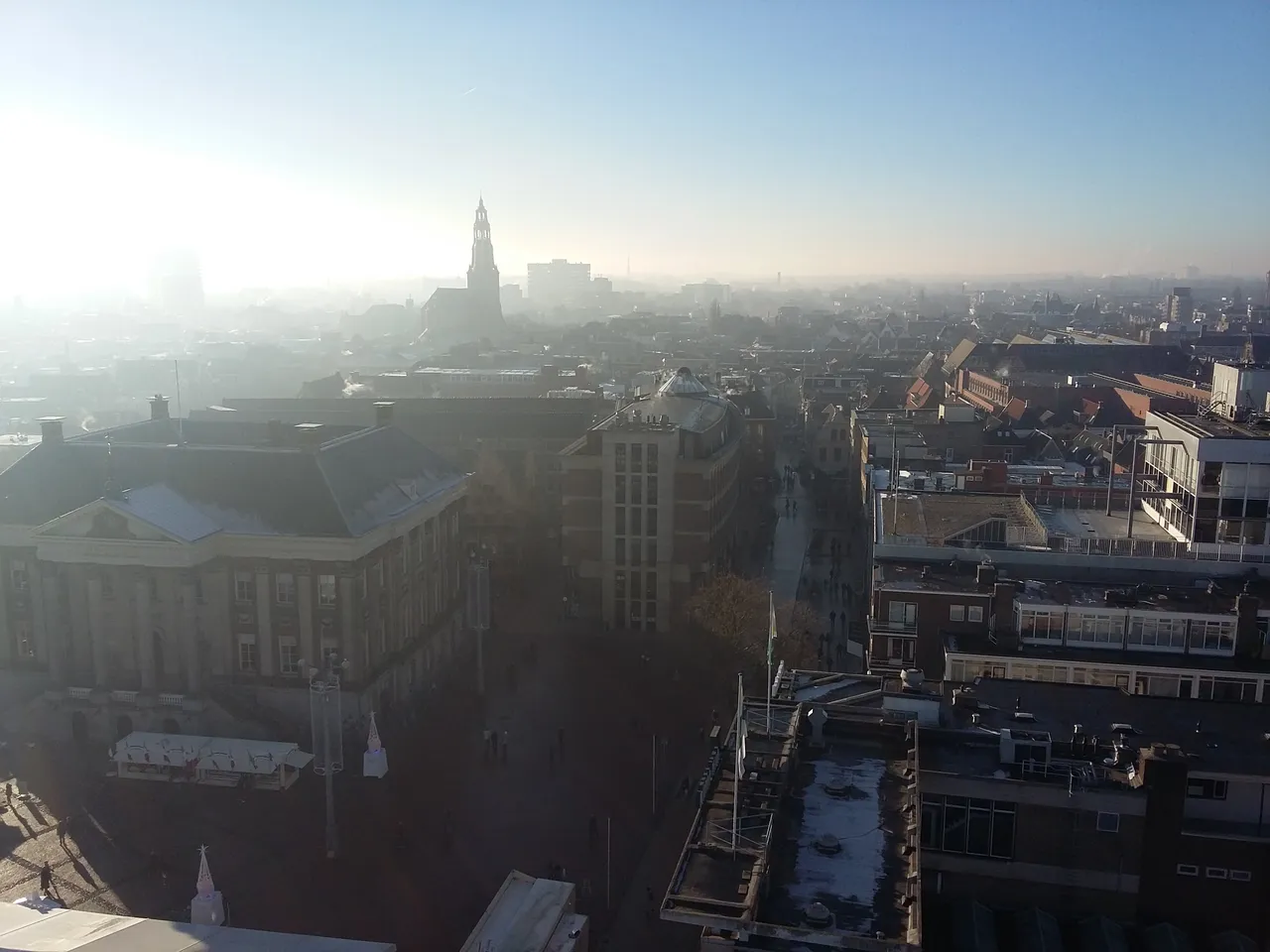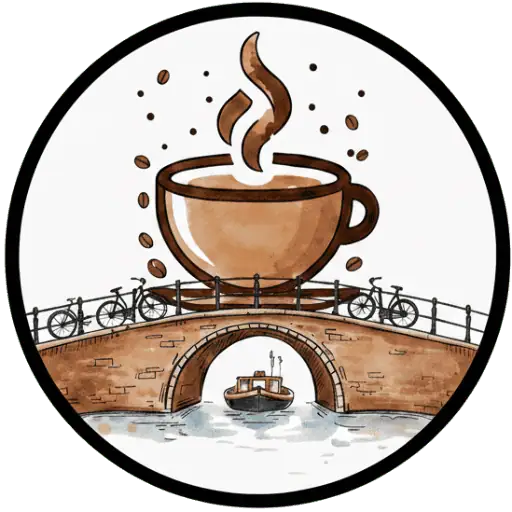
Groningen breathes coffee through three centuries of roasters and cafés that connect history, innovation and sustainability, from Tiktak to Black en Bloom, from Fairtrade to hydrogen roasting, this guide reveals the story behind the northern coffee ritual for residents, visitors and curious baristas
Roasters in the Province of Groningen
No roasters have been found yet.
Cities in Groningen Province
Groningen
Groningen has grown from a luxury product into a breeding ground for specialty coffee; historic roasters, award‑winning bars and circular projects show how tradition, innovation and sustainability converge and create opportunities for investors and enthusiasts. The guide explores key players, flavour trends, green solutions and tips.
More about Groningen Province
Coffee heart of the North
Groningen breathes coffee. The province has been pouring steaming cups for more than three centuries and keeps surprising with rich flavours and smart innovations. From stately historic cafés to buzzing micro‑roasteries, every corner of the region tells its own coffee story. This guide takes readers through the heritage, current players, trends and sustainable future of Groningen coffee.
Historical roots
The first Groningen coffeehouse opened in 1686, when coffee was still a luxury drink for the elite. Thanks to colonial supplies from Java, the price soon dropped, and by the mid‑eighteenth century the drink had taken firm root in city life. Not long after, coffeehouses became popular places to discuss news and do business.
Around 1900 the north roasted about one million kilos of coffee a year, spread over 33 local roasteries. This scale of production earned Groningen the nickname “coffee city”. Classics like Huis De Beurs, opened in 1795, still proudly serve a traditional “coffee‑time” moment.
Growth into an industry
The Tiktak family started roasting in Groningen in 1870 and within thirty years grew into one of the largest coffee companies in the north of the Netherlands. Douwe Egberts, which began in Friesland, also took the step from the north to become the national market leader. After the coffee shortage during the Second World War, the market revived rapidly, local companies reopened and expanded their capacity to serve the craving population.
Specialty scene on the rise
Since 2012 a third coffee wave has been growing in Groningen. Black & Bloom set the tone with lightly roasted single origins, roasted in‑house. Young roasters now follow their example and introduce ever more refined brew methods, from pour‑over to nitro cold brew. The movement is slower than in Randstad cities, but every new bar attracts a loyal audience of curious coffee drinkers.
Leading roasters today
- Tiktak, since 1870: part of Segafredo Zanetti, still roasts millions of kilos on Rouaanstraat.
- Koffiestation: started in a basement, now supplies ethically sourced beans through markets, webshop and its own café.
- Black & Bloom: “godfather” Gerben Engelkes roasts award‑winning micro‑batches on site.
- Maalwerk Koffie, Delfzijl: hand‑roasted “Groninger beans” in small batches for hospitality and home baristas.
- KOSU Stads Koffiebranderij: roasts only specialty‑grade coffee, teaches at the Barista School Groningen.
- Koffiestation: started in a basement, now supplies ethically sourced beans through markets, webshop and its own café.
- Black & Bloom: “godfather” Gerben Engelkes roasts award‑winning micro‑batches on site.
- Maalwerk Koffie, Delfzijl: hand‑roasted “Groninger beans” in small batches for hospitality and home baristas.
- KOSU Stads Koffiebranderij: roasts only specialty‑grade coffee, teaches at the Barista School Groningen.
Consumption and café culture
Dutch people drink an average of 150 litres of coffee per person per year, and Groningers are no exception. The morning ritual starts with a “lekker bakkie”, often followed by a cappuccino at the ten‑o‑clock break. Students and young professionals treat cafés as an extra living room; laptops, oat milk and flat whites dominate the streetscape. At the same time, filter coffee remains popular in many households, while espresso machines are slowly conquering kitchens.
Events and festivals
The Groningen Coffee Festival brings baristas, roasters and enthusiasts together under one roof each year for cuppings and latte‑art shows. Noorderzon, the big summer festival in the Noorderplantsoen, sees Koffiestation serve thousands of espressos between theatre and music performances. On Liberation Day, specialty stands fill the Stadspark so visitors can sample freshly roasted cortados alongside their beer.
Sustainable revolution
Groningen entrepreneurs are firmly committed to green roasting. Koffiestation is opening the world's first roastery powered entirely by green hydrogen, bringing CO₂ emissions down to zero. The Circle of Beans project goes further still: used coffee grounds from the city are fermented into biogas that powers roasters and delivery vans. In addition, shops such as Simon Lévelt encourage packaging‑free shopping to save half a million single‑use bags.
Fairtrade also flows through the province. In 2009 Groningen became one of the Netherlands' first Fairtrade Cities and motivates companies to serve only certified coffee. Plant‑based cafés such as Revista offer oat milk by default, making a latte not only delicious but also climate‑conscious.
Near future
Everything indicates that Groningen will keep its coffee crown. The combination of heritage, innovation and sustainability attracts both tourists and investors. New roasters serve niches, while big names modernise and go greener. Thus every sip of coffee from the north remains linked to history and the future.
Brief conclusion
In short, Groningen shows how tradition and progress together form a vibrant coffee culture. The next time a freshly roasted espresso is ordered, let its aroma recall three centuries of craftsmanship, entrepreneurship and northern level‑headedness.
